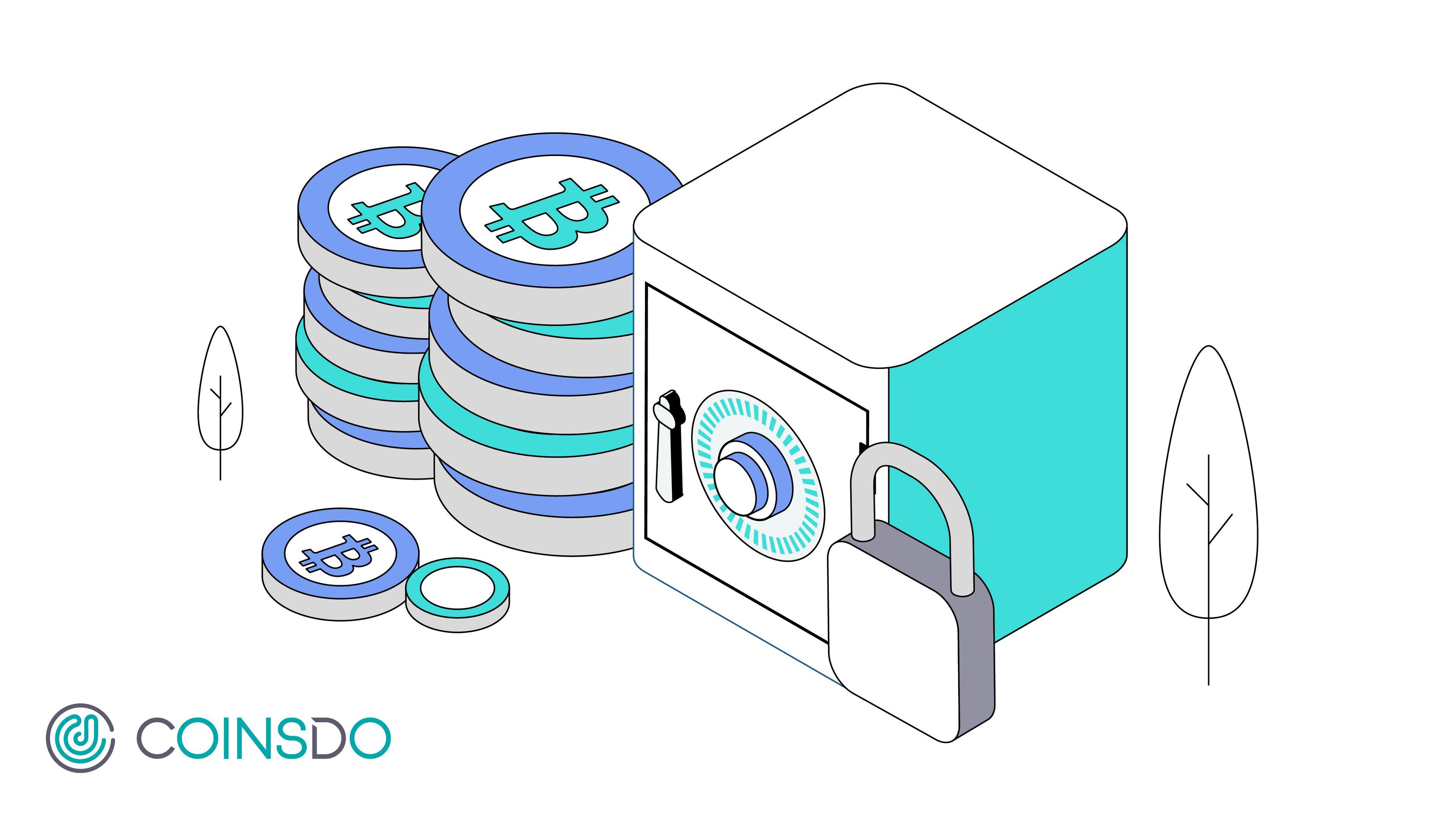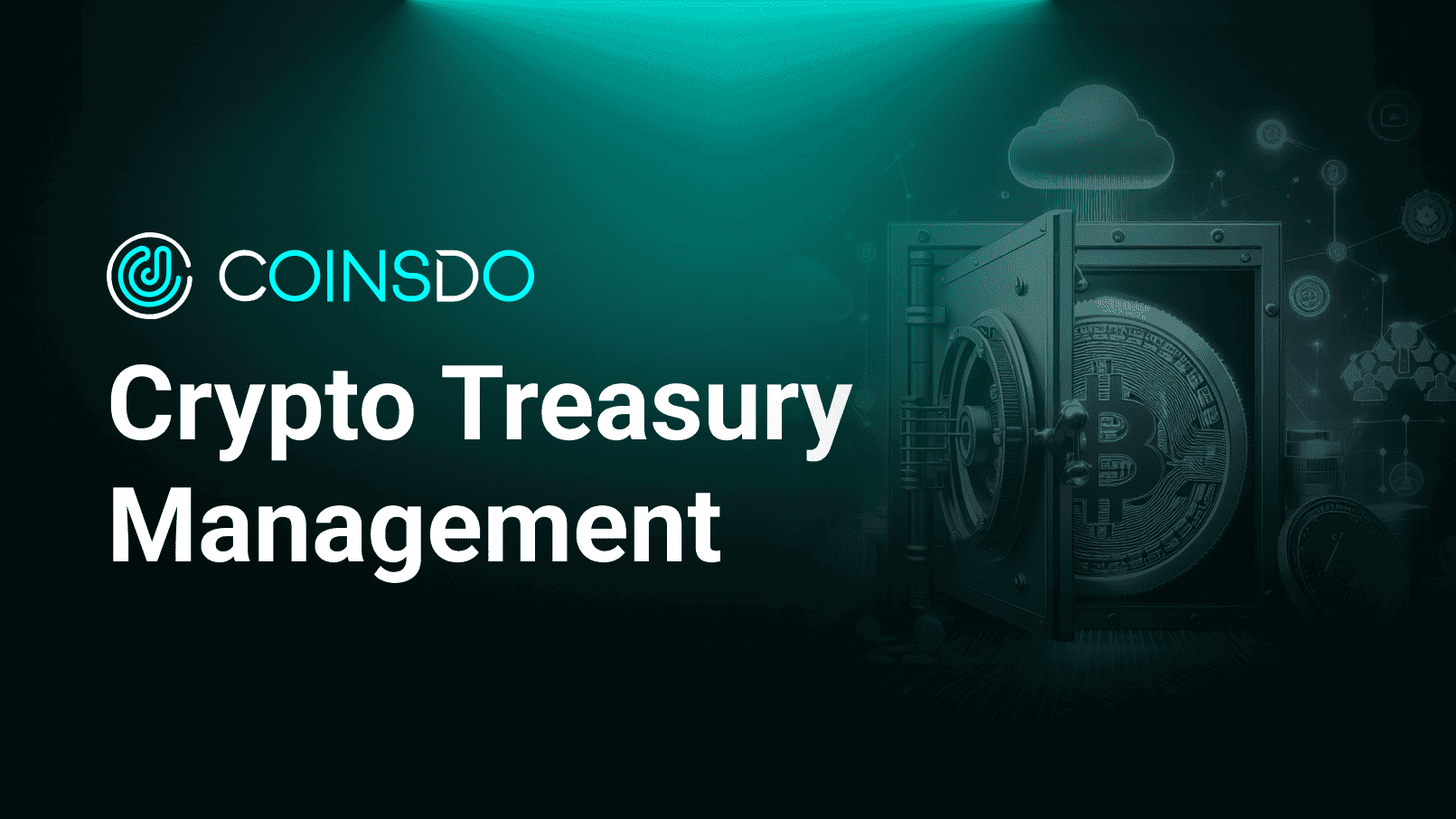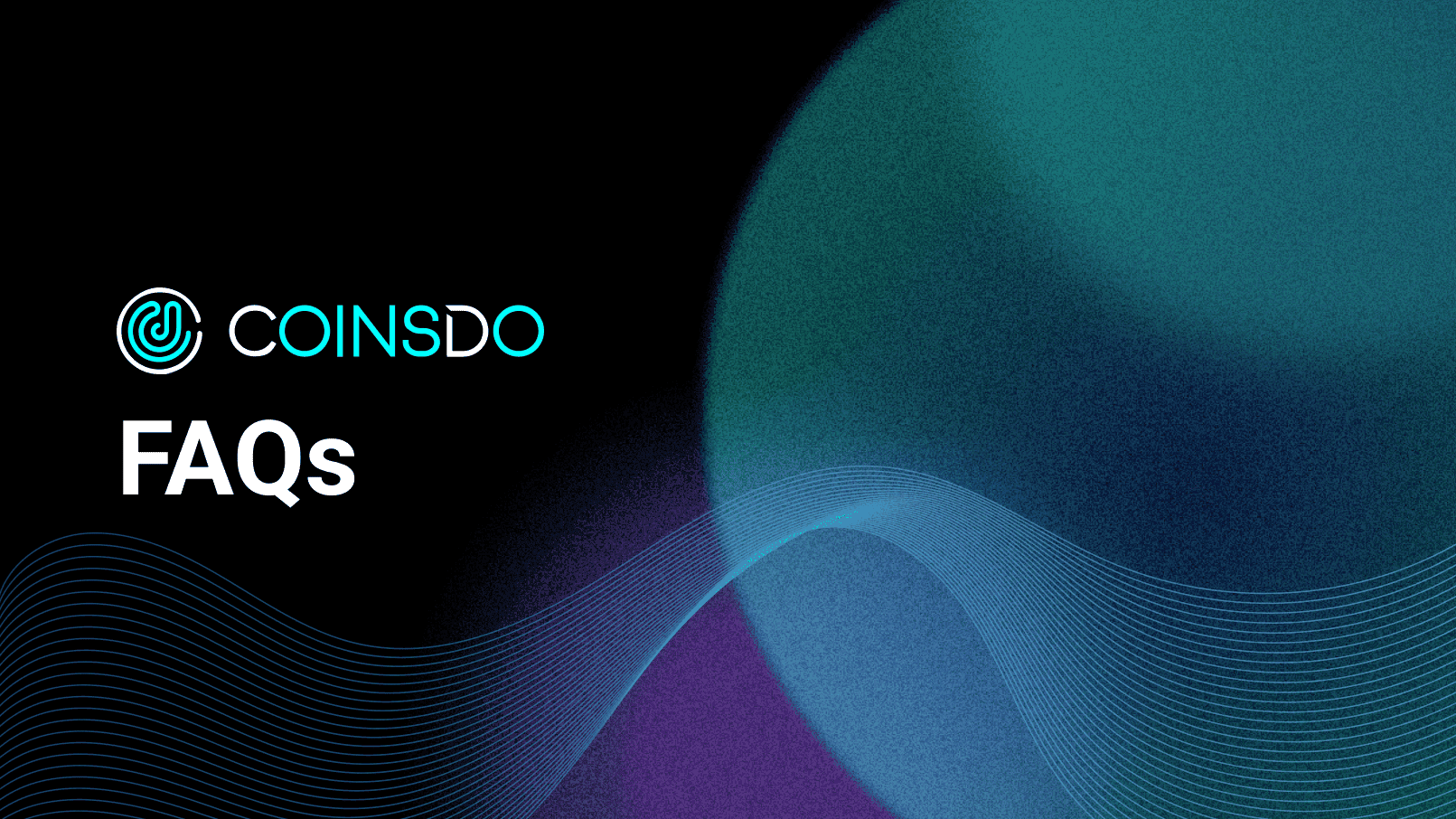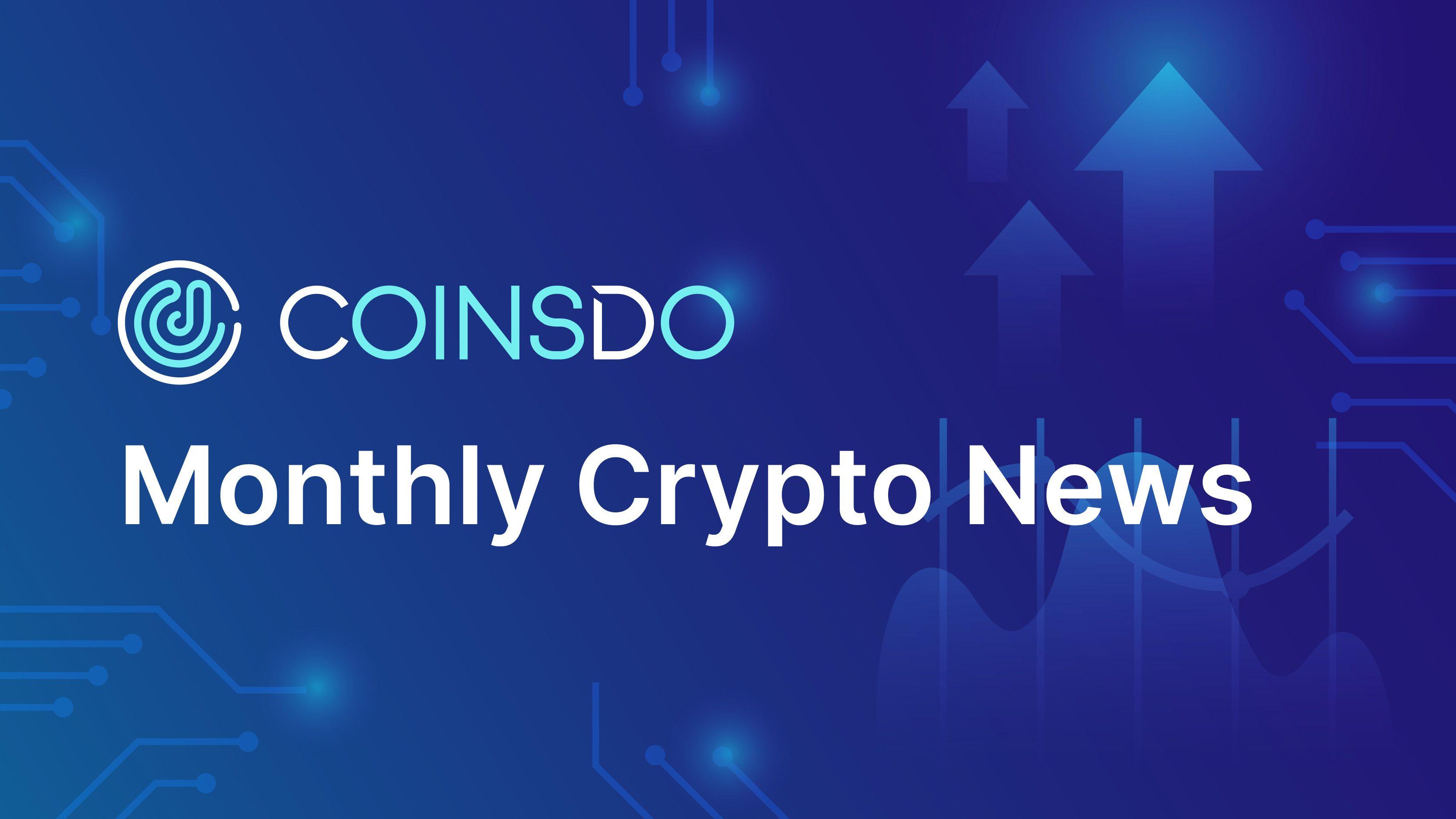
7 min read
Three Reasons to Consider A Non-Custodial Digital Asset Management Solution
In today's rapidly evolving digital landscape, digital asset management has emerged as a critical component for new-age businesses like crypto exchanges, blockchain gaming companies etc. However, as the market for digital asset management solutions expands, the limitations of traditional custodial systems are becoming increasingly evident.
While these solutions have been the norm for years, they often suffer from a host of drawbacks that can impede your business growth and expose you to unnecessary risks. Issues such as lack of transparency, poor supervision, centralized risk, and inflexibility can create bottlenecks in your operational workflows and even compromise the security of your assets.
The shortcomings are glaring holes that can cost your business both time and money, so it's crucial to explore alternative approaches that can address these fundamental flaws. Enter non-custodial digital asset management solutions, which promise to mitigate these issues while offering unprecedented advantages in security, operational efficiency, and user experience.
Reason 1: Enhanced Security
While centralized third-party custodians are entirely capable of implementing robust security measures, they come with vulnerabilities that non-custodial solutions are designed to mitigate.
Custodial Digital Asset Management
Traditional custodial solutions often come with the inherent risk of centralizing private key storage. Despite the custodian's own security protocols, the centralized nature of these platforms makes them attractive targets for cyberattacks. A breach in their security can lead to a catastrophic loss of assets for all clients who rely on their services.
Additionally, such systems can be vulnerable to internal threats, including employee misconduct and data manipulation. For example, an ex-employee of Cryptopia managed to create copies of multiple private keys on a USB drive, which gave him illicit access to assets worth well over $100 million!
Non-Custodial Digital Asset Management
Non-custodial digital asset management solutions offer a formidable alternative, putting security back into the hands of the asset owners. By retaining full control over your private keys, you remove the 'single point of failure' associated with third-party services.
Additionally, should a non-custodial solution provider get hacked, your assets remain uncompromised. This creates a robust safety net that is lacking in centralized solutions, where a single point of failure could jeopardize your entire asset portfolio.
Reason 2: Operational Efficiency
While centralized third-party custodians might offer a range of services, they often come with procedural bottlenecks that can hamper operational efficiency, a shortcoming that non-custodial solutions are specifically designed to overcome.
Custodial Digital Asset Management
With centralized custodians, transactions often require multiple steps for verification and approval, each contributing to delays and higher operational costs. These platforms might also be plagued with downtime or maintenance periods, affecting your ability to execute time-sensitive transactions.
Additionally, many custodial solutions lack the adaptability to integrate seamlessly with other business tools and systems, making it challenging to establish streamlined workflows.
Non-Custodial Digital Asset Management
Non-custodial solution providers are usually flexible enough they can adapt their solutions to suit varying business needs and scenarios. Through this, your organization can develop a customized security strategy, adapting to factors such as the type of currency, the size of transaction, and approval quota etc.
For example, some providers give you the option of automatic or manual approval flows when it comes to asset dispatching. For businesses with frequent, high-volume withdrawal needs, there is an automatic dispatch feature enabled through API calls, offering a 24-hour automatic withdrawal system.
Alternatively, there is a manual approval option for businesses with less frequent but large-volume dispatching requirements. Here, corporations can assign specific permissions to various approvers at different stages—data submission, data approval, and data execution—to create a streamlined and secure approval process.
Reason 3: Increased Customization and Control
The ability to tailor your digital asset management solution to meet specific business needs is crucial in today's fast-paced financial landscape. While centralized solutions have their merits, the degree of customization and control they offer often falls short, especially when compared to non-custodial alternatives.
Custodial Digital Asset Management
Centralized third-party custodians typically offer a set of predefined features and limitations, which can be a major drawback for businesses seeking to adapt the platform to their unique requirements. Such custodians often come with fixed transaction limits, rigid approval processes, and limited configurability. Worst case scenario, you might have to modify your own system due to changes from your custodian, which affects your own product roadmap.
This lack of customization can be particularly limiting when businesses encounter new market conditions or regulatory changes that demand quick adjustments to asset management protocols.
Non-Custodial Digital Asset Management
In contrast, non-custodial solutions provide a level of customization and control that is hard to match. Businesses have the flexibility to define their own transaction limits, establish custom approval hierarchies, and set personalized security protocols.
Furthermore, the adaptability of non-custodial platforms allows businesses to quickly implement changes in response to market shifts or new regulations. The platform can be tailored to add new features or technologies, ensuring that the business remains agile and responsive in a constantly evolving digital asset environment.
Your Next Steps in Transforming Digital Asset Management
In the preceding sections, we've delved into the pressing issues that plague centralized digital asset management systems, and why non-custodial solutions present a compelling alternative.
In conclusion, the benefits of switching to a non-custodial digital asset management solution like CoinsDo are manifold and directly impact the core areas of your business.
If you want to learn more about how a non-custodial solution can significantly benefit your business, contact our sales team today for a personalized demo!



